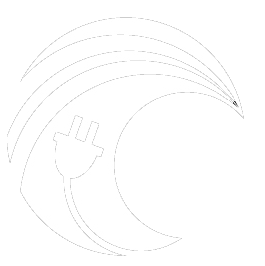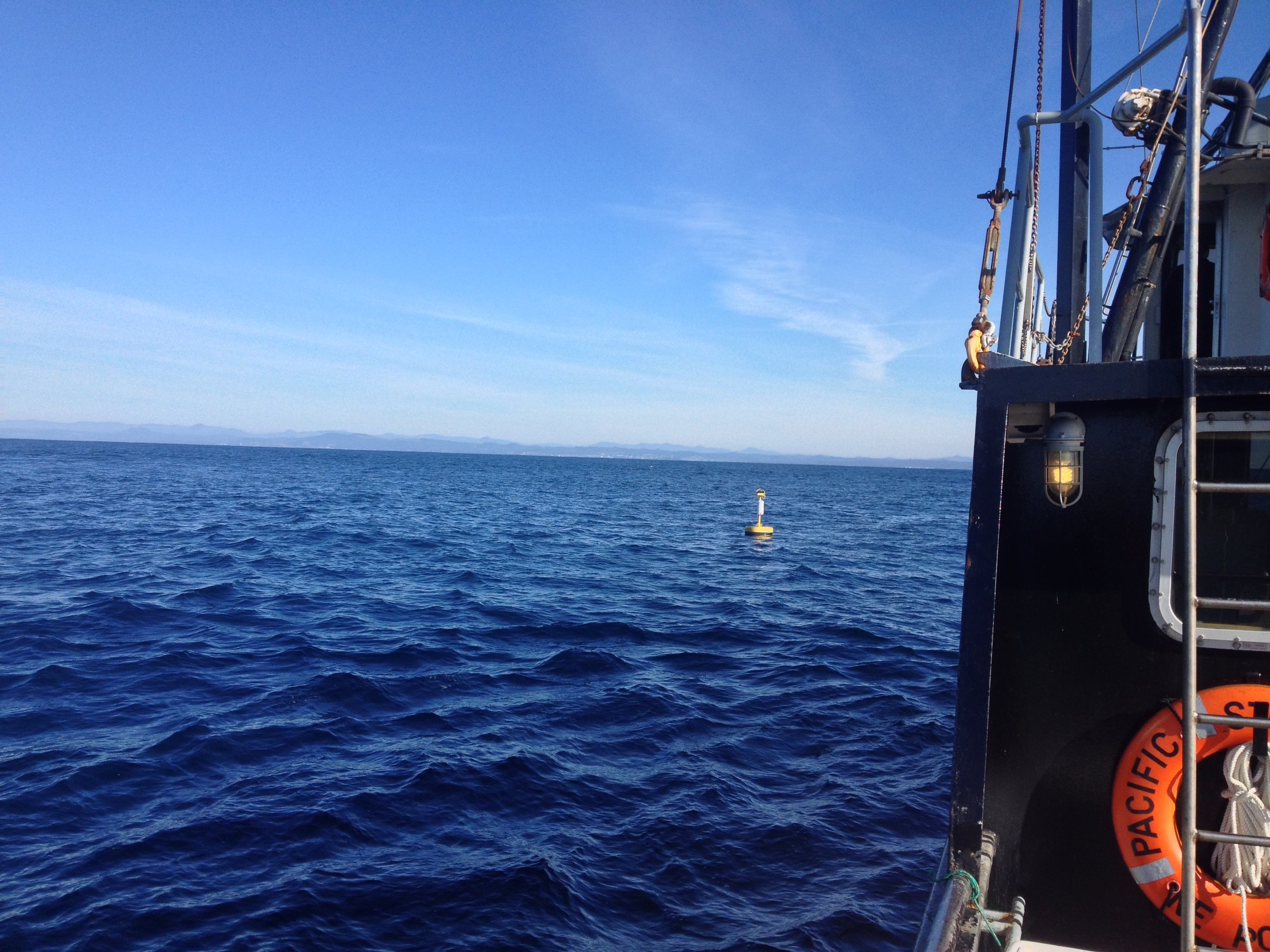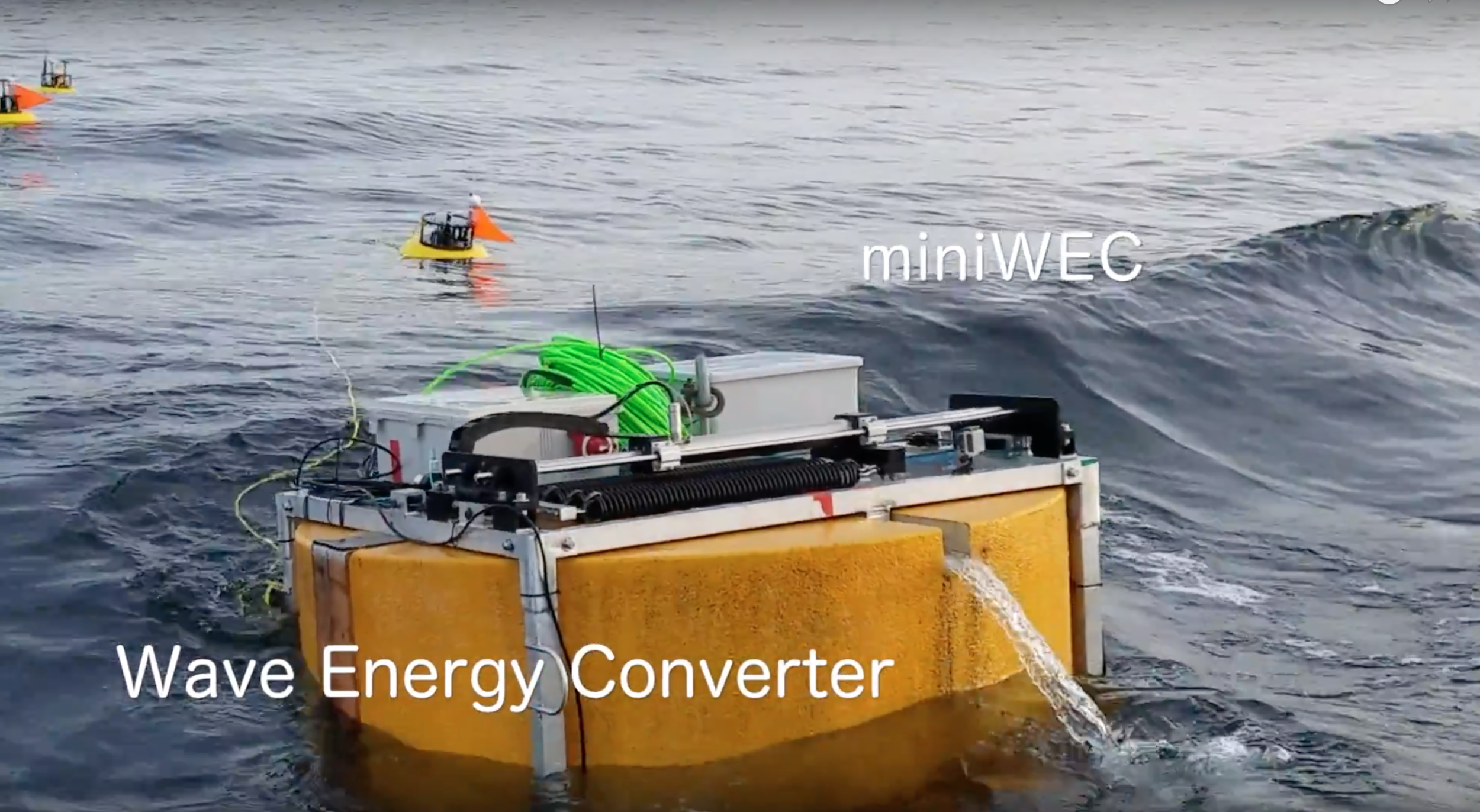A Fast Company feature on wave energy quotes PMEC Co-Director Bryson Robertson.
PMEC Students and Faculty Attend Water Power Week in Washington D.C.
The 2019 International Marine Renewable Energy Conference (IMREC) was hosted in Washington D.C. last week alongside the National Hydropower Association’s annual conference and the Marine Energy Technology Symposium (METS). The event was an excellent opportunity for PMEC researchers from OSU, UW, and UAF to convene and share their work, both among each other and across the marine energy field at large.
KING5: Researchers in Sequim studying how new energy technology could impact fish
DOE/WPTO: Powering the Blue Economy - Exploring Opportunities for Marine Renewable Energy in Maritime Markets
A new report funded by the U.S. Department of Energy’s Water Power Technologies Office (WPTO), Powering the Blue Economy: Exploring Opportunities for Marine Renewable Energy in Maritime Markets, explores a compelling set of eight blue economy opportunities that could be supported by marine and hydrokinetic technologies.
PMEC - The Promise of the Ocean, the Challenge of the Problem, and the Blending of Disciplines
An individual may never be an expert in marine energy. There are plenty of experts working in the field, but they are experts in hydrodynamics, acoustics, control systems, design, oceanography, coastal dynamics, sociology, community dynamics, marine biology, naval engineering, mechanics, robotics, natural resource management, or one of many other disciplines which make up the community here at PMEC. That’s right, they are all here - and that is what makes PMEC so special.
UW-APL: Riding Waves to Generate Electricity
A YouTube video from the Applied Physics Lab at UW shows MiniWEC, a small Wave Energy Converter test platform under development by PMEC. With it, APL-UW researchers are making important contributions to the marine renewable energy community — scalable hydrodynamic WEC models and adaptive computer controls to maximize energy capture.
UW Engineering: Underwater sensors for monitoring sea life (and where to find them)
A UW team created a mechanical eye under the ocean’s surface that could live near renewable-energy sites and use a series of sensors to watch nearby animals. On Dec. 13, the researchers put the newest version of the AMP into the waters of Seattle’s Portage Bay for two weeks of preliminary testing before a more thorough analysis is conducted in Sequim, Washington.
Navy: NAVFAC EXWC Supports Successful Test of Wave Energy Converter Powering
Wave Energy Prize winners, Aquaharmonics, test wave energy converter at O.H. Hinsdale Wave Research Laboratory
After 11 days of testing in the O.H. Hinsdale Wave Research Lab (HWRL), Alex Hagmuller and Max Ginsburg of Aquaharmonics left with high hopes. The team of Oregon State University graduates is testing a 1/20th scale version of the device concept that won the U.S. Department of Energy’s Wave Energy Prize.








